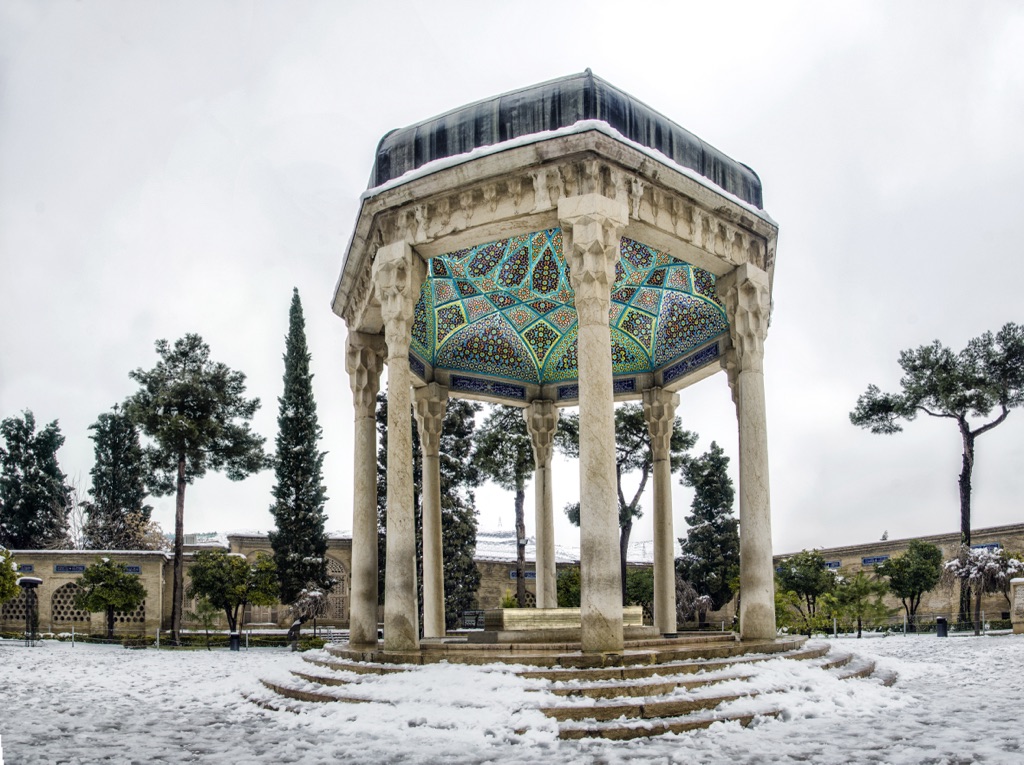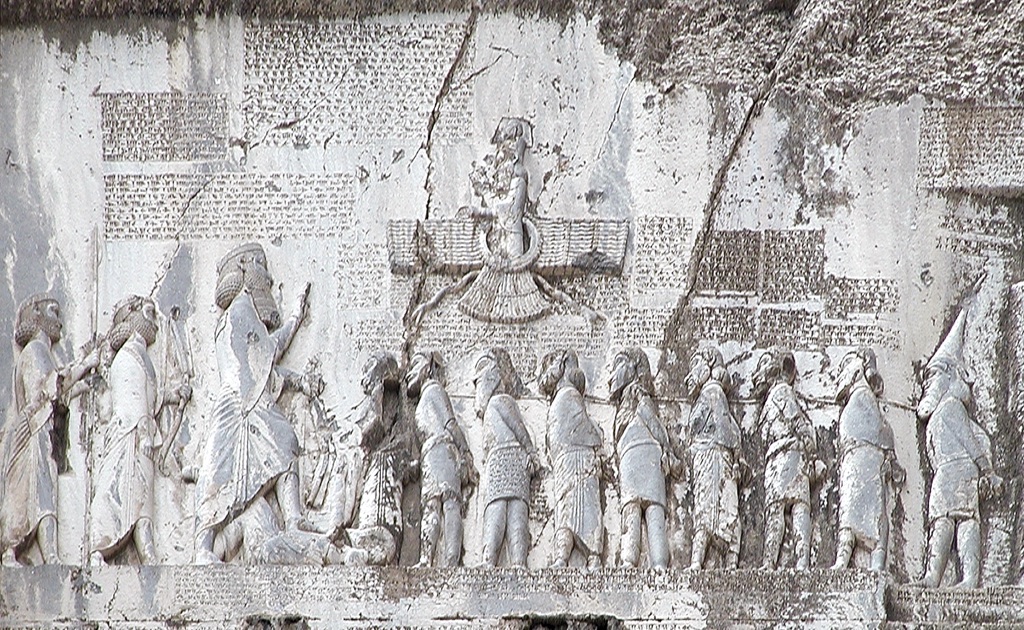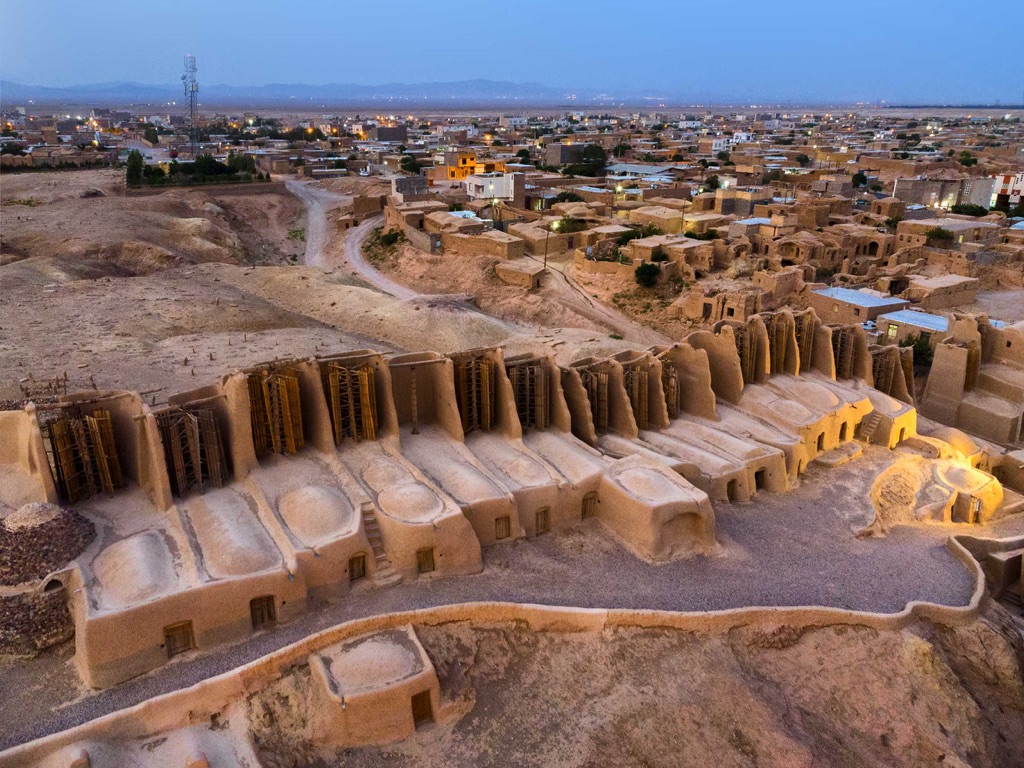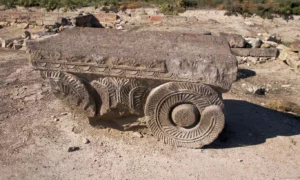The Ancient City of Dvin: A Historical Gem of Armenia Dvin, known as Duin or Dvin in Classical Armenian, was a bustling commercial city. It served as the capital of early medieval Armenia. Located 35 km south of modern Yerevan, Dvin sat north of the ancient Armenian capital, Artaxata, along the Metsamor River. Before its…
Persians
The Persians are an ethnic group that has its roots in the region of modern-day Iran. Historically, ancient Persians built one of the largest empires the world has seen, known as the Achaemenid Empire, founded by Cyrus the Great in the 6th century BCE. This empire stretched from the Balkans in the west to the Indus Valley in the east, creating a melting pot of cultures, languages, and religions. The Persians were known for their advancements in government, infrastructure, and culture, with a notable achievement being the Royal Road, an ancient highway that facilitated communication and trade.
The Persian society was also highly sophisticated in areas like art, architecture, and philosophy. Darius the Great expanded the empire bringing unity and stability, and his construction projects, including the capital city of Persepolis, are marvels of ancient engineering and artistry. Ancient Persians also practiced Zoroastrianism, one of the world’s oldest monotheistic religions, which had a considerable influence on later religious and philosophical systems. Today, Iranians, also known as Persians, celebrate a rich cultural heritage that is the product of thousands of years of history. Ethnic Persians continue to contribute significantly to the arts, sciences, and literature, keeping alive the traditions and knowledge of their formidable ancestors.

Tomb of Hafez
The Tomb of Hafez, located in Shiraz, Iran, is a revered site dedicated to the celebrated Persian poet Hafez. Also known as Hafezieh, the mausoleum honors Hafez, who was known for his eloquent and profound poetry, particularly the “Divan,” a collection of his works. The site has become a place of pilgrimage for lovers of poetry and Persian culture, attracting visitors from around the world. The tomb itself is set within a picturesque garden, reflecting the poetic spirit of Hafez’s work, which often celebrated the beauty of nature.

The Behistun Inscription
The Behistun Inscription, etched into Mount Behistun in western Iran, stands as a remarkable relic of the ancient world. Carved by order of King Darius I of Persia around 520 BCE, this monumental text shines a light on early writing systems, statecraft, and the Persian Empire. It features three different cuneiform script versions: Old Persian, Elamite, and Babylonian. This not only illuminates the linguistic diversity of the era but also the political savvy in communicating with a broad empire. The inscription’s tale of Darius’s ascension and the quelling of rebellions offers insights into Persian political and military history.

Ancient Windmills of Nashtifan
Located in the small town of Nashtifan in northeastern Iran, the ancient windmills are a testament to the ingenuity of our ancestors. These windmills, some of which are still operational, have been harnessing the power of the wind for over a thousand years, making them among the oldest of their kind in the world.

